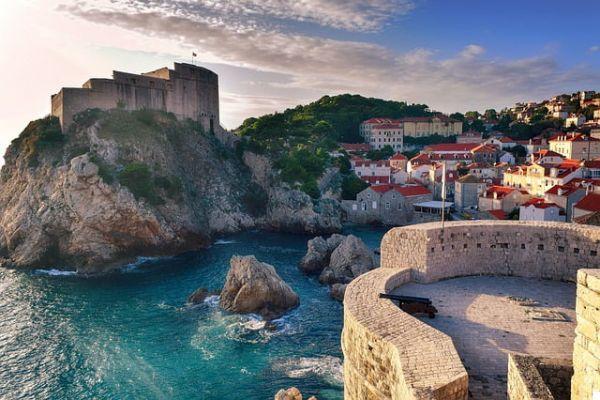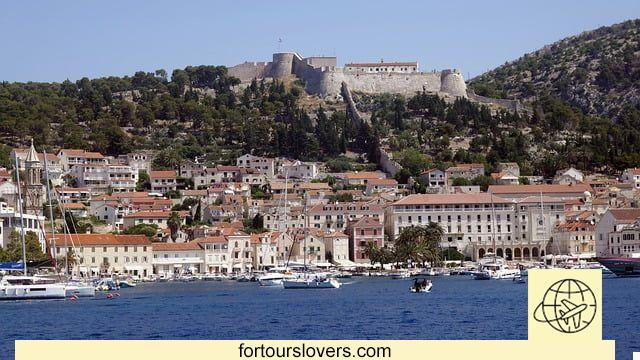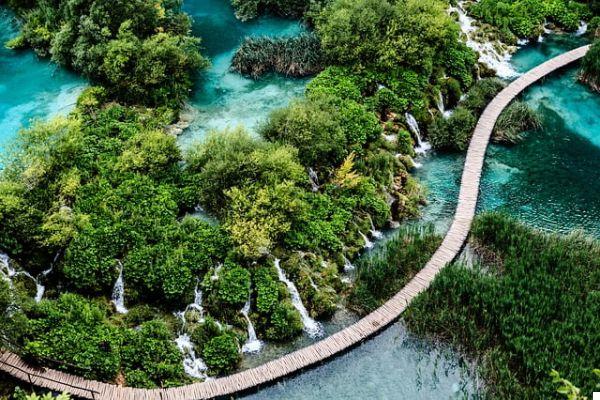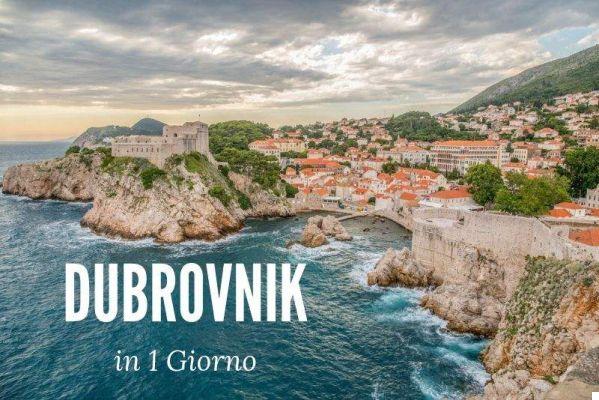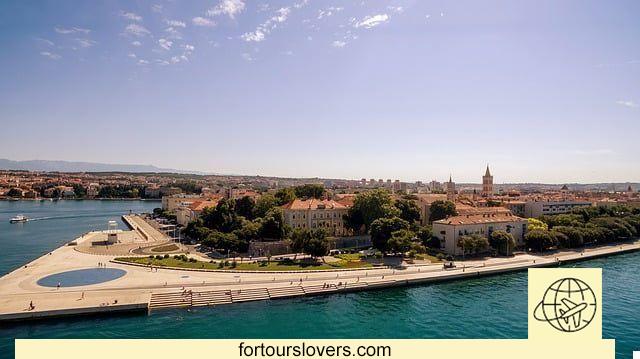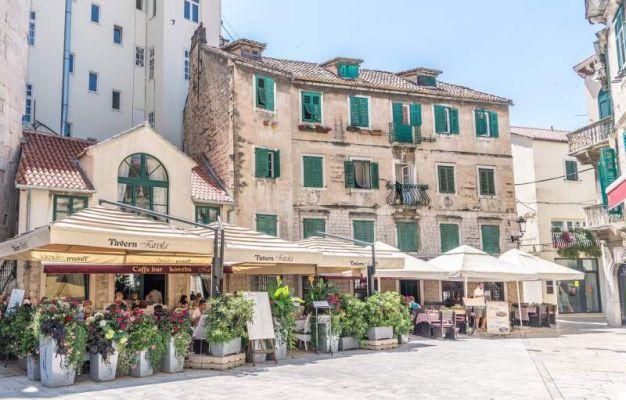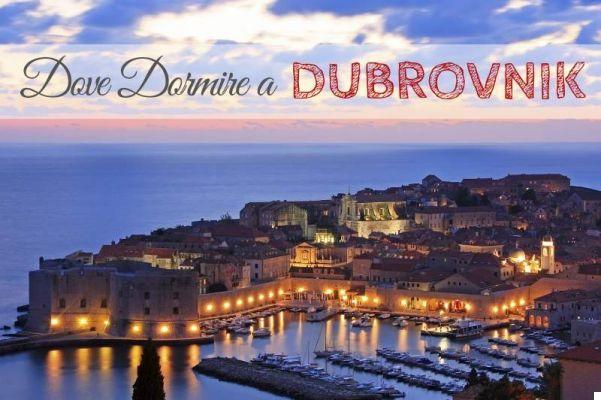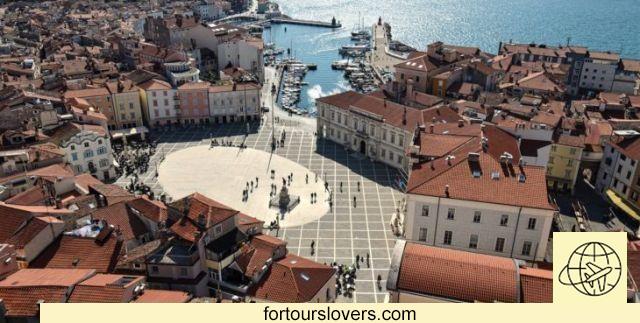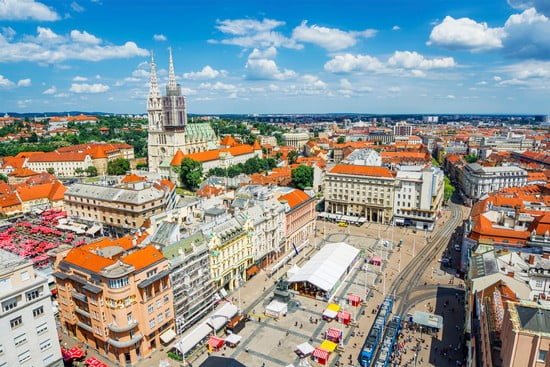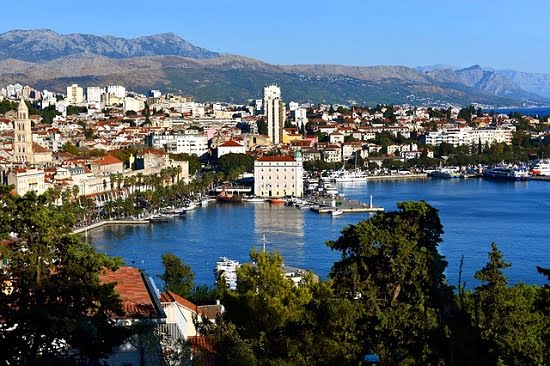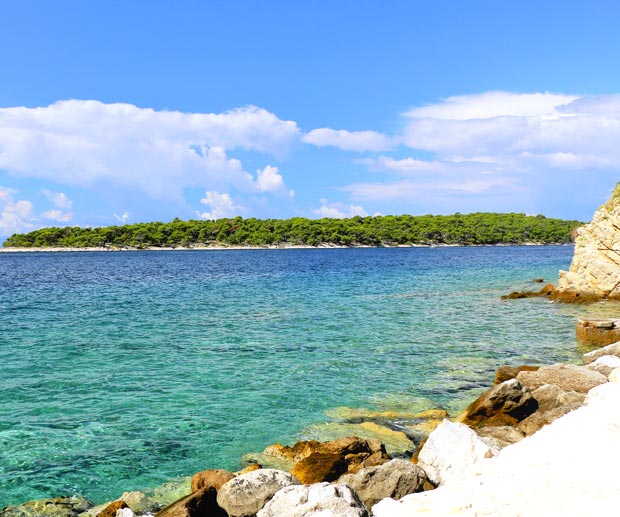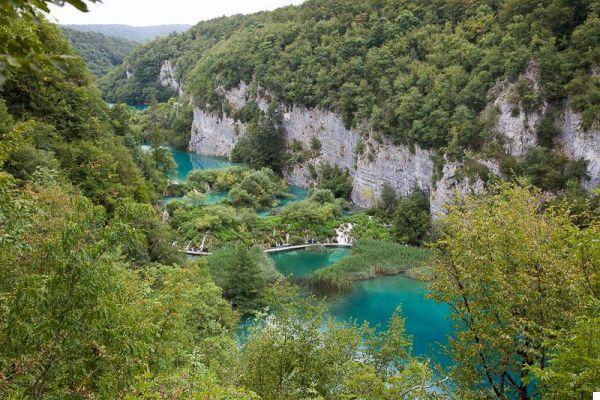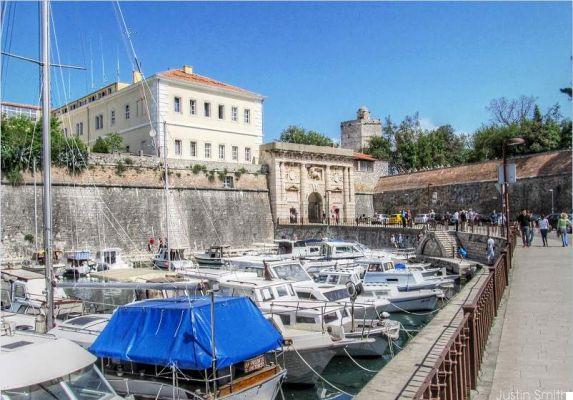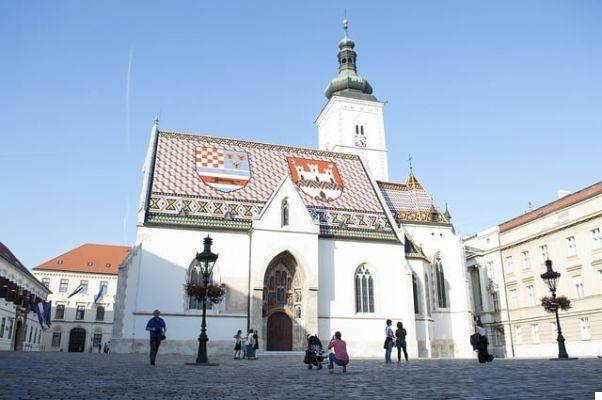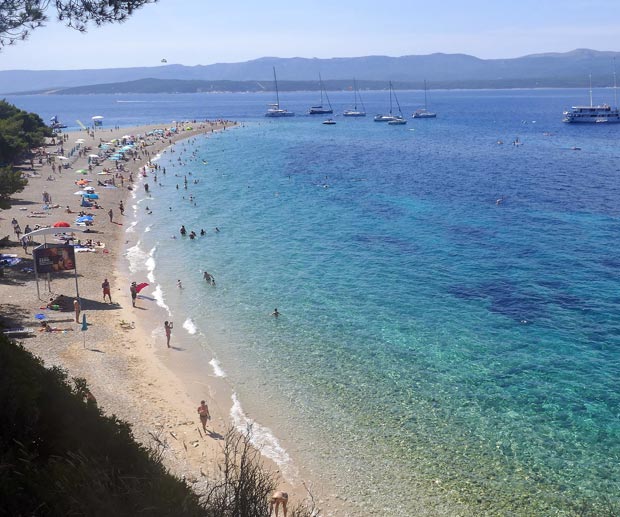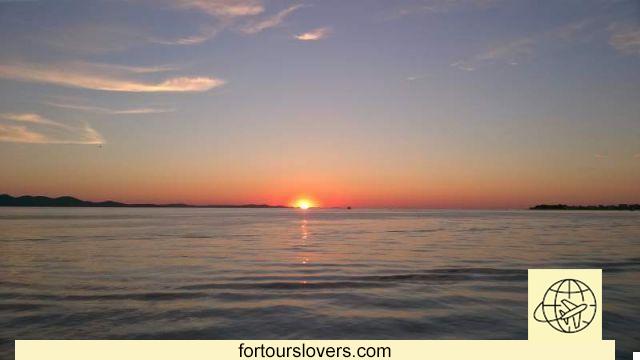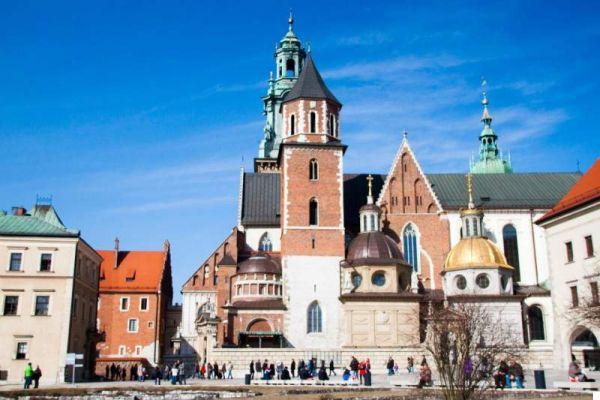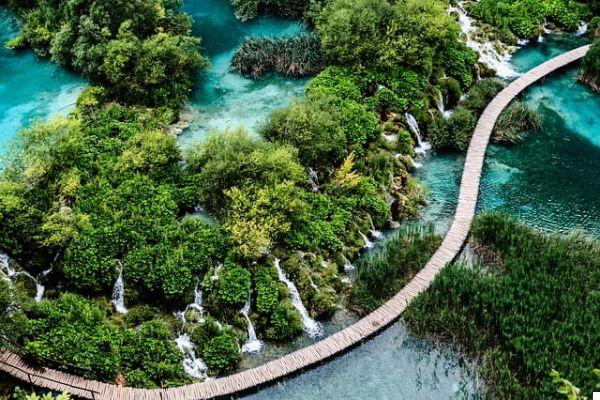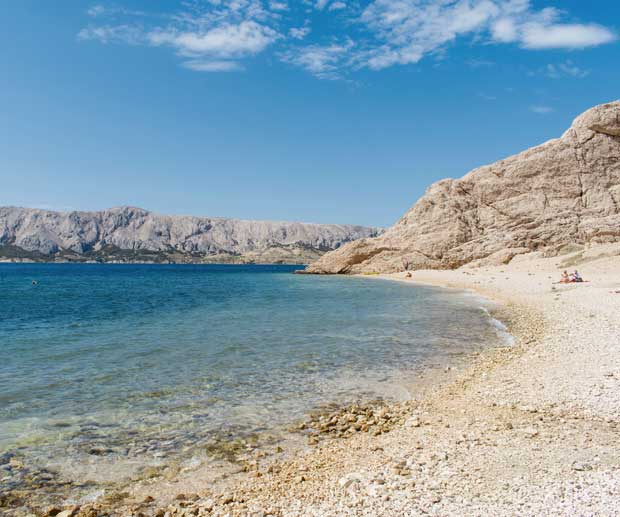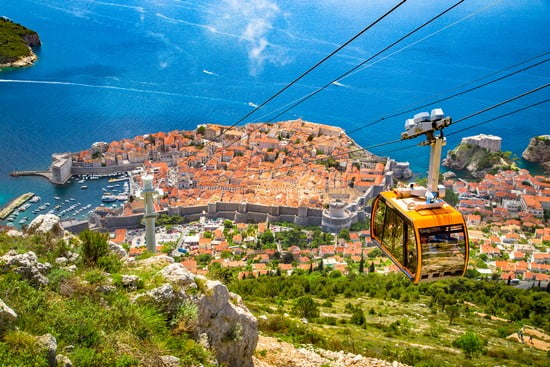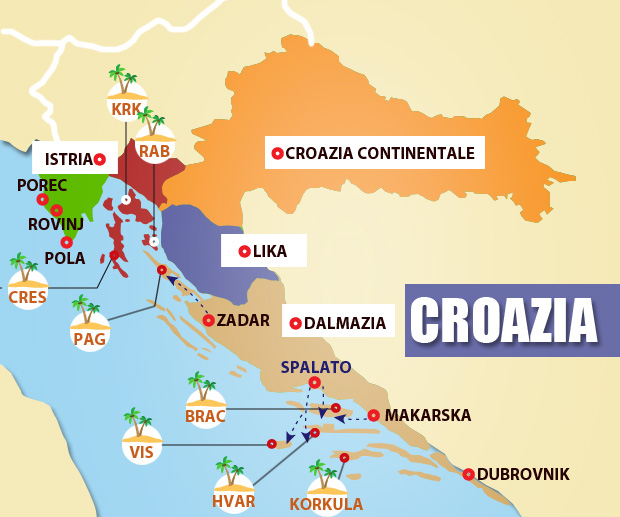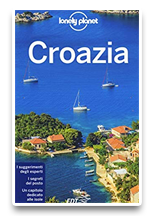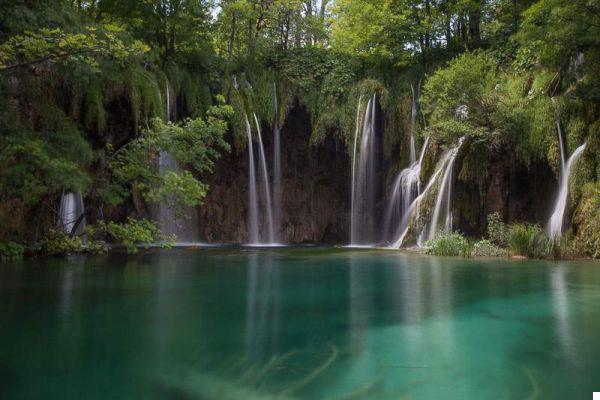They call her the pearl of the Adriatic and as soon as you visit it you understand why. But what to see in Dubrovnik in a day or two?
Dubrovnik is the quintessential medieval city of the Adriatic coast, it is like a jewel, hidden within medieval walls, bathed by a sapphire sea and surrounded by mountains.
Although we all know it now as Dubrovnik, this name is short-lived, as the city has always been known as Ragusa previously. Its imposing walls and fortresses keep inside the old city, classified as a World Heritage Site by UNESCO since 1979.
This walled medieval city was chosen to recreate King's Landing, the capital of the 7 kingdoms of the Game of Thrones series.
Discover the best neighborhoods to sleep in DubrovnikWhat to see in Dubrovnik
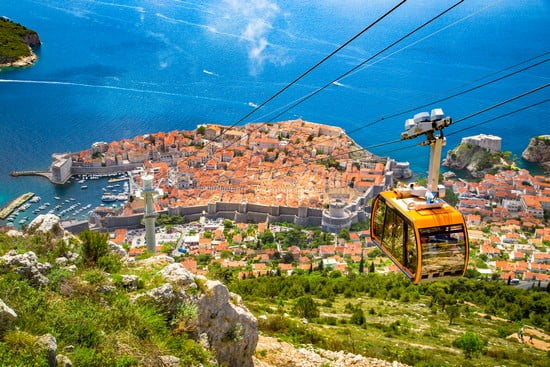
With its old town, lovely pebble beaches, tiny islands nearby and Konavle wine valley, Dubrovnik is one of the best known and most visited cities in the Croatia.
The historic center of Dubrovnik can also be seen in one day, the proof of this is that it is a practically indispensable stop on almost all cruises that ply the waters of the Mediterranean.
This daily landing of tourists from cruise ships floods the city during the main hours of the day. It is at nightfall that Dubrovnik in general and the old town in particular find its tranquility.
The city center is located within the perimeter of the walls, and the route must be done on foot, as the entire historic center is pedestrianized and no cars can access it. The best thing is to wander around and get lost in its corners and narrow streets.
After a first glance, one realizes that Dubrovnik is a medieval city with a totally new aspect. This is due to the reconstruction that many of its buildings have undergone.
Two historical facts have negatively affected Dubrovnik. On the one hand, the earthquake that completely destroyed the city in the year 1667, and on the other the tragedy of the war in the Balkans. During the conflict in the former Yugoslavia, the siege of the Serbs took no mercy on the city of Dubrovnik, and the attacks of 1991 destroyed much of the city's houses and heritage.
But what can we see in Dubrovnik today?
The wall of Dubrovnik
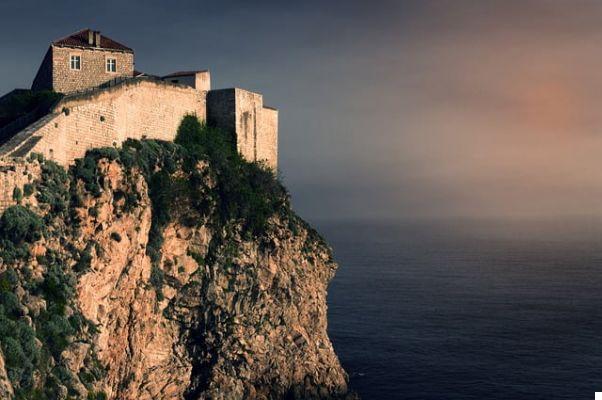
The ramparts of Dubrovnik are one of the best known features of the city, they really are the main thing to see in Dubrovnik. Built in the 6th century and modified in the XNUMXth and XNUMXth centuries, the walls, some up to XNUMX meters thick, provided a solid line of defense against invaders.
The total length of the Dubrovnik walls is 1949m, making them an ideal place for a stroll. The ramparts also offer a splendid view of the Adriatic Sea and the interior of the old city. As part of the walls, two towers (the Minceta tower and the Bokar tower) and two forts (Lovrijenac and Revelin) can be visited.
The main entrance giving access to the ramparts is just to the left of the Pile Gate and the entrance fee costs 150 kuna (approx. € 20).
Opening time:
- November to March: 9am - 00pm
- October: from 8:00 to 17:30
- April - May, August - September: from 8:00 to 18:30
- June - July: from 8:00 to 19:30.
Walls of Dubrovnik: priority ticket
Dubrovnik Cathedral
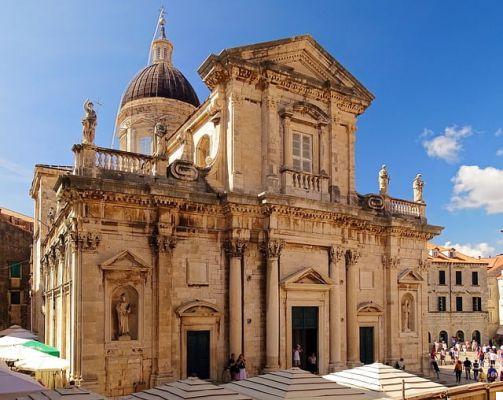
The city's cathedral is one of the great Baroque architectural ensembles in Dubrovnik. The original was a richly decorated Romanesque church. In the XNUMXth century it was enlarged, financed by a donation from King Richard the Lionheart, who was saved from a shipwreck on the nearby island of Lokrum.
It was destroyed by the earthquake of 1667 and later rebuilt, this time in a Baroque style. It is one of the main attractions to see in Dubrovnik, especially for the works of art inside.
The cathedral is known for its beautiful altars, such as the altar of St. John of Nepomuk, in purple marble. It contains religious paintings, including the triptych of the Ascension of Mary by the Renaissance painter Titian from 1550.
It is difficult to see Titian's painting without buying a ticket for the Treasury, which is located next to the main altar. Dripping in gold and silver, it contains the relics of St. Blaise, and 138 other reliquaries, mostly made by the goldsmiths' workshops of Dubrovnik between the XNUMXth and XNUMXth centuries.
The Dominican monastery
This impressive structure is an architectural gem, a must see in Dubrovnik. Built in a Gothic-Renaissance transitional style it contains an impressive art collection.
Built around the same time as the city's fortifications in the XNUMXth century, the exterior looks more like an austere fortress than a religious complex. The interior contains an elegant fifteenth-century cloister built by local artisans based on designs by the Florentine architect Maso di Bartolomeo.
The large church, with a single nave, features some modern and bright stained glass windows, and a painting by Vlaho Bukovac above one of the side altars. Other priceless works of art hang in the rooms outside the cloister.
Rectors' Palace (Knežev dvor)
The Republic of Ragusa was governed by a rector, elected every month. The latter stayed in the rectors' palace, where he received neither friends nor relatives, devoting himself entirely to his task.
Built in the late XNUMXth century, this Gothic-Renaissance palace contains the rector's office, his private apartments, public rooms, administrative offices and a keep.
During his one-month term, the rector could not leave the building without permission from the Senate. Today, the palace has been transformed into a museum of cultural history, with expertly restored rooms, portraits, coats of arms and coins, evoking the glorious history of Dubrovnik.
During the summer festival, the pleasant inner courtyard hosts classical music performances. This palace also appears in the movie Games Of Thrones.
The cable car to Monte Srđ
For the best view of the whole city of Dubrovnik, its tiled roofs, the Adriatic Sea and the island of Lokrum, nothing beats the view from the top of Mount Srđ, which is 412 meters above the city.
You can reach the top in less than four minutes, with the Dubrovnik cable car which departs from the northern part of the city walls. If there is wind or a storm coming the cable car will not work.
Another way to get to the top is to walk up, thus avoiding paying 100 kunas for the round trip by cable car (13 €). The best time to climb to the top of Mount Srđ is at sunset which offers splendid colors.
Buy your cable car ticket hereThe great fountain of Onofrio
The great fountain of Onofrio was built in 1438-1444 by the Neapolitan architect Onofrio della Cava. Of all the monuments in Dubrovnik, it is perhaps the best known. As you pass the Porta Pile, you will find the square that contains the great fountain of Onofrio.
It was part of a water supply system whose source was located 12 km away. Originally designed with many ornaments and over two floors, the fountain was heavily damaged in the 1667 earthquake.
Lo Stradun
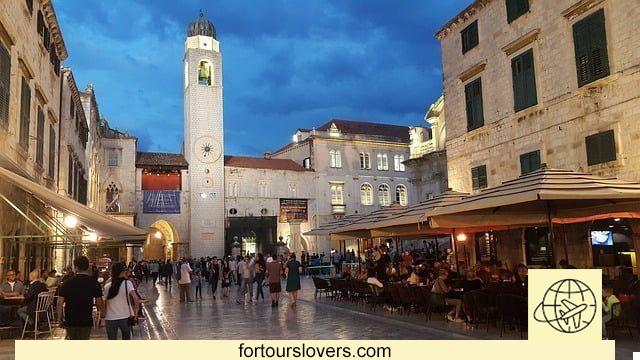
The Stradun (or Placa) is Dubrovnik's main street running from Pile door to the old port, crossing the whole old city and dividing it into two parts.
This paved pedestrian street stretches for 300 meters and is very touristy, with cafes and restaurants filling its entire length. The buildings lining the street date from the late XNUMXth century, rebuilt after the earthquake.
At one end you will find Piazza Luža. Each evening, four ceremonial guards walk along the Stradun. For a moment, you feel like you've stepped back in time, to the Republic of Ragusa!
The Franciscan monastery or convent
Not to be confused with the Dominican one, the Franciscan monastery is one of the best attractions to see in Dubrovnik because it contains one of the most precious libraries in Croatia (20.000 books, among which there are about 1200 priceless manuscripts).
Located near the Pile Gate, at the west end of the Stradun, the Franciscan monastery also houses an interesting pharmacy, the third oldest in Europe. Here visitors will be able to see the mysterious contents of the pharmacy, and take lessons in the preparation of herbs and potions according to centuries-old recipes. The pharmacy has been in operation since the Franciscan monastery was built in 1317.
While most of the church's original construction was destroyed in the 1667 earthquake, the cloister and Romanesque gardens that welcome visitors are roughly the same as they were 500 years ago.
The Sponza Palace
This rectangular palace with a beautiful loggia dates back to the early 1500s and has functioned as a secular public building since it was built. Until the XNUMXth century, the atrium inside the palace gate was a place of trade for merchants and traders.
The Sponza Palace was also one of the few Renaissance buildings to survive the catastrophic earthquake of 1667, unharmed.
Today the palace serves as the city's archive, with around 100.000 documents dating back to the XNUMXth century.
The beaches of Dubrovnik
Most of the beaches in this part of the Adriatic are made of pebbles. Even if not sandy they are always beautiful with clear aquamarine waters lapping the shore, and the pine forest or the historic architecture that forms the background.
Banje it is the closest beach to the old town, the most convenient to reach and the beach with the best view of the Dubrovnik walls.
The small one Lokrum island, just 600 meters from the coast of Dubrovnik, it is a protected nature reserve and is also the largest park in Dubrovnik. It is a popular place for swimming and a great place to spend a day away from the city. Lokrum is open to the public from April to October.
Lapad it is one of the most touristic places to relax near the Adriatic sea. This gently arched bay has a moderately wide beach with white pebbles and just behind the beach is a pedestrian zone with bars and restaurants.
The island of Lokrum
Lokrum is the small island opposite Dubrovnik. The city authorities have transformed it into a natural park, making it the largest green space in the city.
The island is covered almost entirely by a dense green pine forest that can be crossed along the various pedestrian paths. These walking trails also lead to the coast, where you will encounter rocky coves with waters ideal for swimming. The old monastery on the island is also a restaurant during the summer.
To get there, you can take advantage of the numerous small boats that depart from the old port of Dubrovnik, but there are also connections from the main port of the city, located near the bus station.
A really fun way to get to the island is by kayaking (there are only 600 meters from Dubrovnik and Lokrum).
Discover the Flight + Hotel Packages to visit Croatia
What to do in Dubrovnik
- An excursion to the island of Korčula
- A cruise in the archipelago of the Elaphiti islands
- Reach the village of Cavtat
- Visit the Trsteno arboretum, one of the oldest in the region with tree species from all over the world.
- See the city from the coast by kayaking
- Game of Thrones Tour
- Rock climbing - the most visited site is Brgat
- Take a sunset cruise
- Discover the marine world by diving
- Taste local wines in the Konavle wine valley, famous for Malvasija Dubrovacka white wine
- Find the best viewpoints to take photos - for example from the city walls, from the parking lot near Gradac Park, from Orsula Park and from the top of Mount Srd.
- Visit the surroundings of Dubrovnik by quad, horseback or jeep
- Spend a night in a tree house
- Explore the Vjetrenica cave
- Visit Peljesac
- Cross the border into Montenegro
- Discover Mostar
